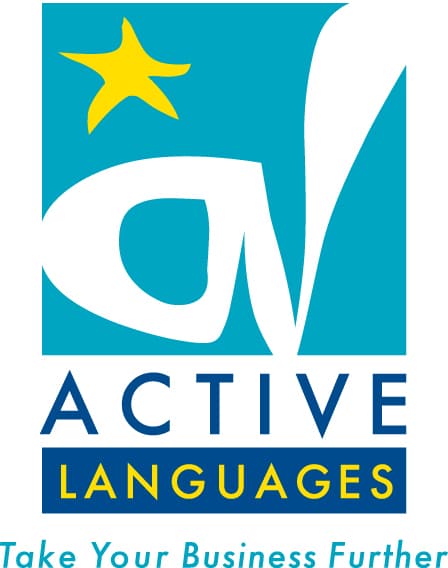Gender-Inclusive Translation: We are all very aware of the value of using language that embraces today’s modern society in all its diverse glory. Not only does inclusive language show the user has an open mind and embraces people from all horizons, but it also shows respect for individuals and how they identify. For our translation clients, that means connecting with their audience and making a meaningful impact. Let’s explore the subject together…
How do translation and inclusive language work together?
At its core, translation is a way to bring people of different nationalities together and promote understanding and connections between them. Inclusive language goes hand in hand with translation in this respect as translation doesn’t exclude people who don’t speak or understand the source language. A good translation should feel natural and read fluidly in the target language, which means adapting inclusive language to suit the country or audience you are aiming at.
Active Languages recently had a toy manufacturer who needed us to update their products for 6-10 year olds. Our German translator immediately asked what sort of pronouns our client would like to use. Why? Because in Germany businesses and brands who fail to use inclusive language and cater for the LGBTQ+ community can be sidelined and viewed in a negative light. We advised our client to trust our translators to localise any gendered pronouns to suit their country and current social standards. Our client took our advice and has implemented inclusive language throughout their catalogue, giving them a positive and inclusive status in the countries they export to.
Gendered language
Gender-Inclusive Translation: One key area is gendered languages, such as French and Spanish, which use grammatical gender to assign nouns a gender i.e. “une tasse” or “un pantalon”. These sorts of languages tend to privilege the masculine over the feminine. You’ll remember from your French lessons that even if there are 100 women in a group with 1 man, you would describe them as “ils”, “they” using the masculine pronoun. This masculine focus doesn’t reflect the inclusivity that businesses want to convey to their clients and users, which means translators have to adapt the language they use. There are alternate endings that exist in gendered languages but the issue is that they are far from commonly used and the general public may not understand them fully. This goes back to good translation: if it doesn’t feel natural and read fluidly, a native speaker may pause or disconnect from your text.
There has been controversy surrounding gender inclusive language in different countries which your translator has to take into account. Just take the French education minister’s ban on a writing method to make French less male-focused or the ban on gender inclusive language in schools in Buenos Aires. It’s far easier in non-gendered languages such as Finnish and even though English is non-gendered and does use masculine and feminine pronouns, the language has adapted to use “they” to satisfy gender neutral requirements.
What’s the solution?
There are no two ways about it: it can be a bit of a minefield! But that’s where Active Languages comes in. We’re here to guide you and we work with human translators who only work in their native languages. This means they have the cultural awareness and understanding to adapt your text to suit the audience and communicate your inclusivity. There are ways for gendered languages to get around gendered pronouns, by changing the sentence structure and using appropriate pronouns that are widely understood by the general public.
Cultural norms and language are always changing; it’s up to us to keep track and keep up with the times to provide you, our clients, with a translation that completely reflects your sense of community and society in the countries you work in.
Gender-Inclusive Translation: If you would like further information about how to make your content more inclusive in different languages, please contact Active Languages.
Contact Active Languages today: Contact us




